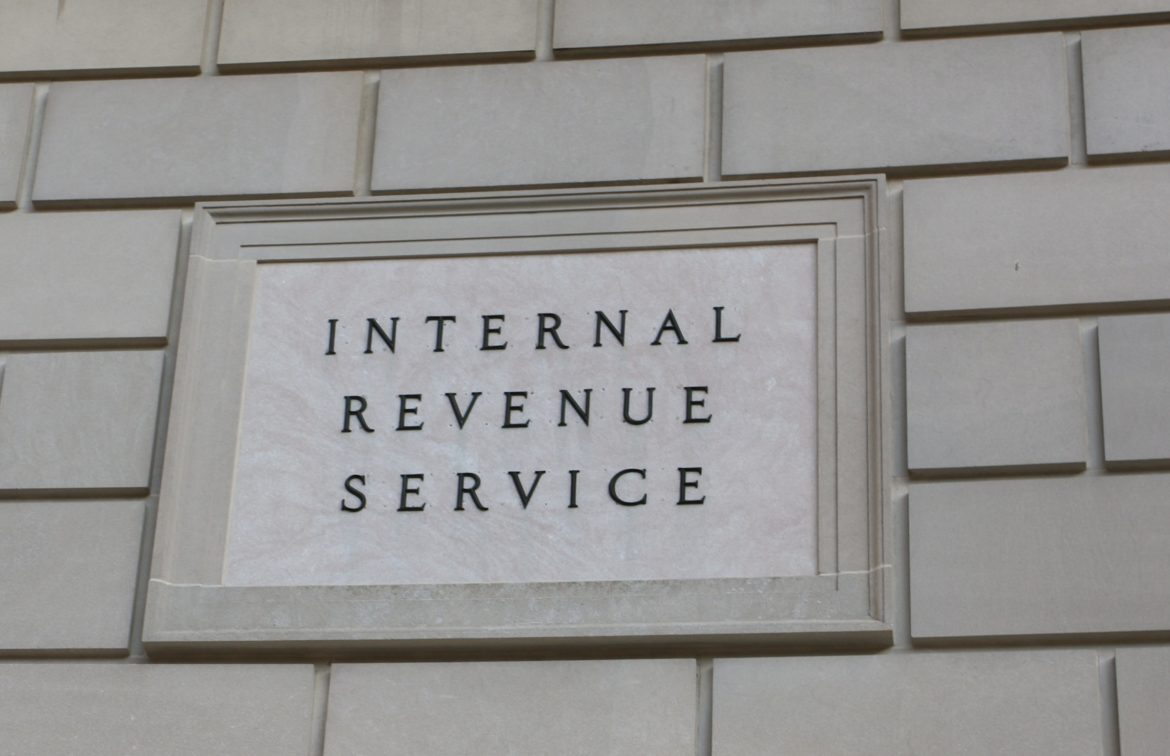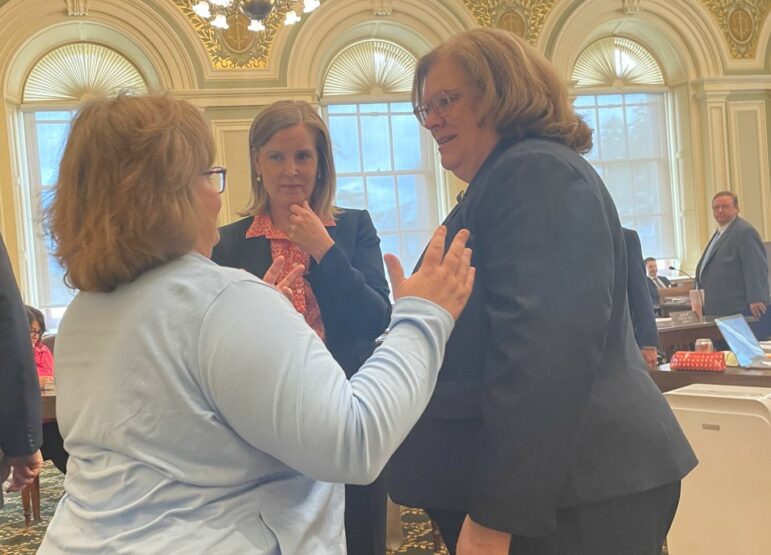 The IRS has broken new ground in nonprofit data transparency.
The IRS has broken new ground in nonprofit data transparency.
On June 16, the IRS released more than one million electronically-filed tax forms in bulk, open, machine-readable form; the filings go from 2011 through the most recent reports, most of which cover 2014. The data is now available for anyone to download from Amazon Web Services (AWS) through Amazon S3.
The machine-readable data Form 990 data will provide a more textured and complete picture of activity by the nonprofit groups covered. This is a substantial step towards making nonprofit data more accessible, open, and transparent.
There is still work to be done, however. The newly released information is not available through a simple searchable database like the one the IRS maintains for 527 organizations, and a sizeable minority of groups either aren’t required to e-file or don’t choose to do so.
Currently, only around 60 percent of all Form 990 returns — including Form 990, Form 990-EZ and Form 990-PF — are electronically filed with the IRS, up from 46 percent in 2013. Only groups with $10 million or more in total assets and 245 employees are required to e-file, though some organizations choose to file electronically choose for convenience.
Until e-filing is mandated across the board, the tax forms filed by other groups areonly available upon request from the groups themselves or the IRS — or by waiting and paying thousands of dollars to see Form 990s each fiscal year when the IRS makes them available on DVDs containing TIFF image files. All of these options require additional steps to process the data so it is machine readable. In addition to delaying access to the information, the process of manually converting these individual images, papers, and PDFs into a usable format requires additional effort and expense.
This means the forms filed by many groups are not currently available in the machine-readable data released by the IRS and not easily accessible to the average member of the public.
To fill in the gaps, CRP will continue to expand access and usability of nonprofit data in Form 990s filed by 501(c)(4) nonprofit organizations that have ties to political spending through the Center’s Political Nonprofits Project.
The second phase of CRP’s Knight News Challenge project, Inside the 990 Treasure Trove, is set to be released this summer. By incorporating data from GuideStar, we’re expanding our research to include even more comprehensive Form 990 data about politically active nonprofits or “dark money” organizations; we’re using this data to creating more dynamic tools and customizable downloads that will help experts and novices alike navigate, report on, and understand this complicated subject.
We applaud the IRS for this step, and will add the newly released data from electronically filed 990s to our already extensive resources. Making Form 990 data more transparent and usable will not only improve the quality of open data, but also contribute to a more informed public.





